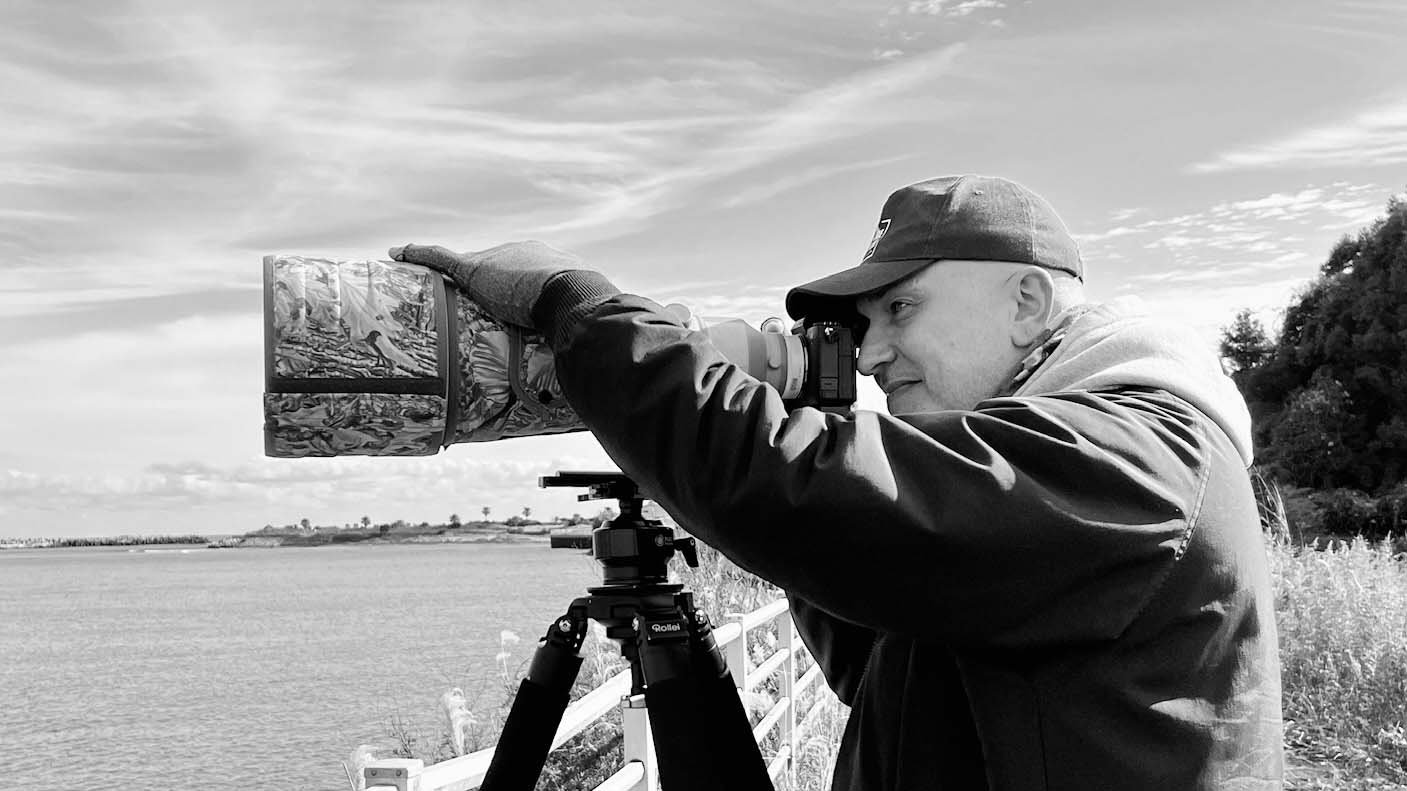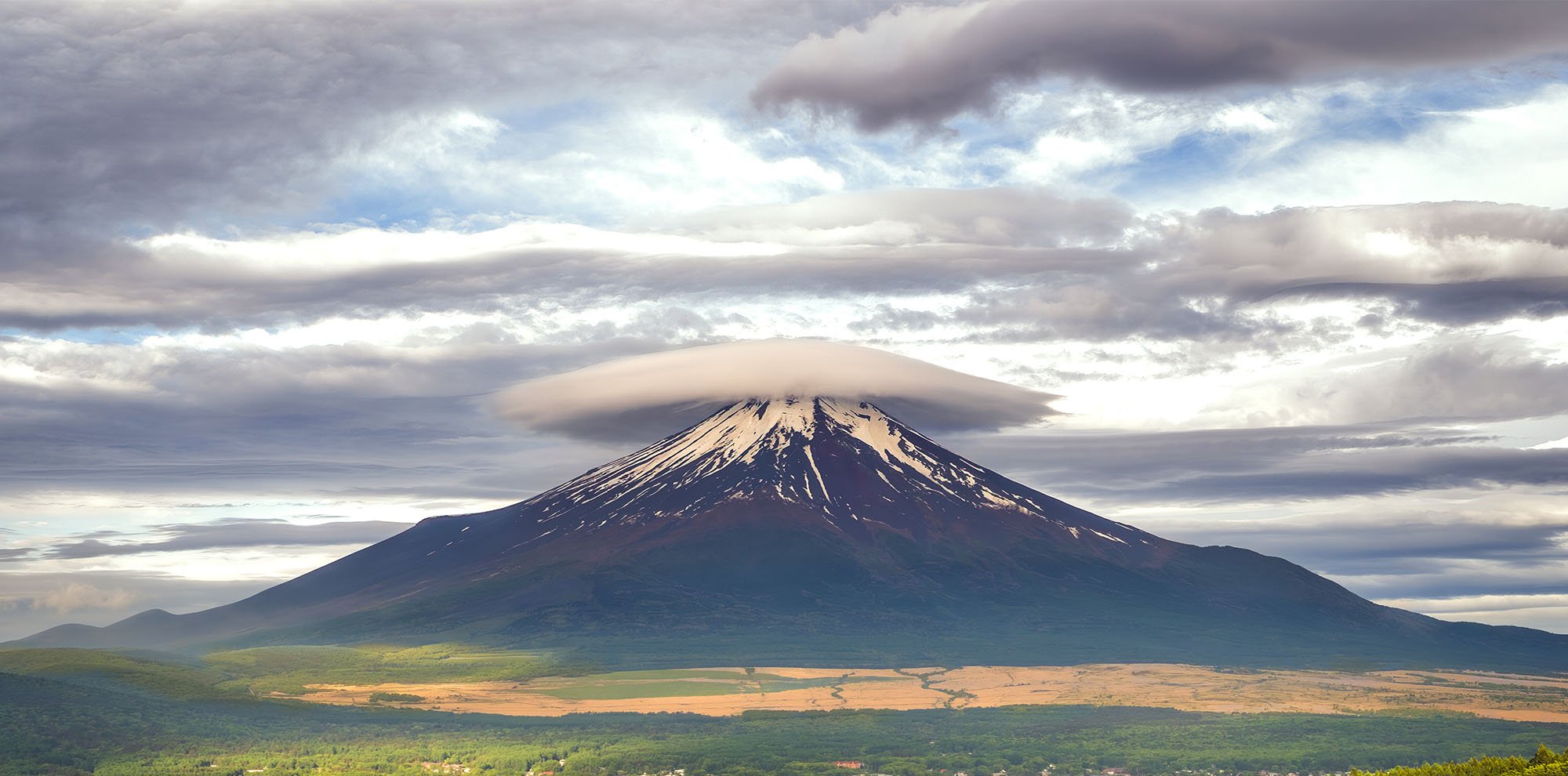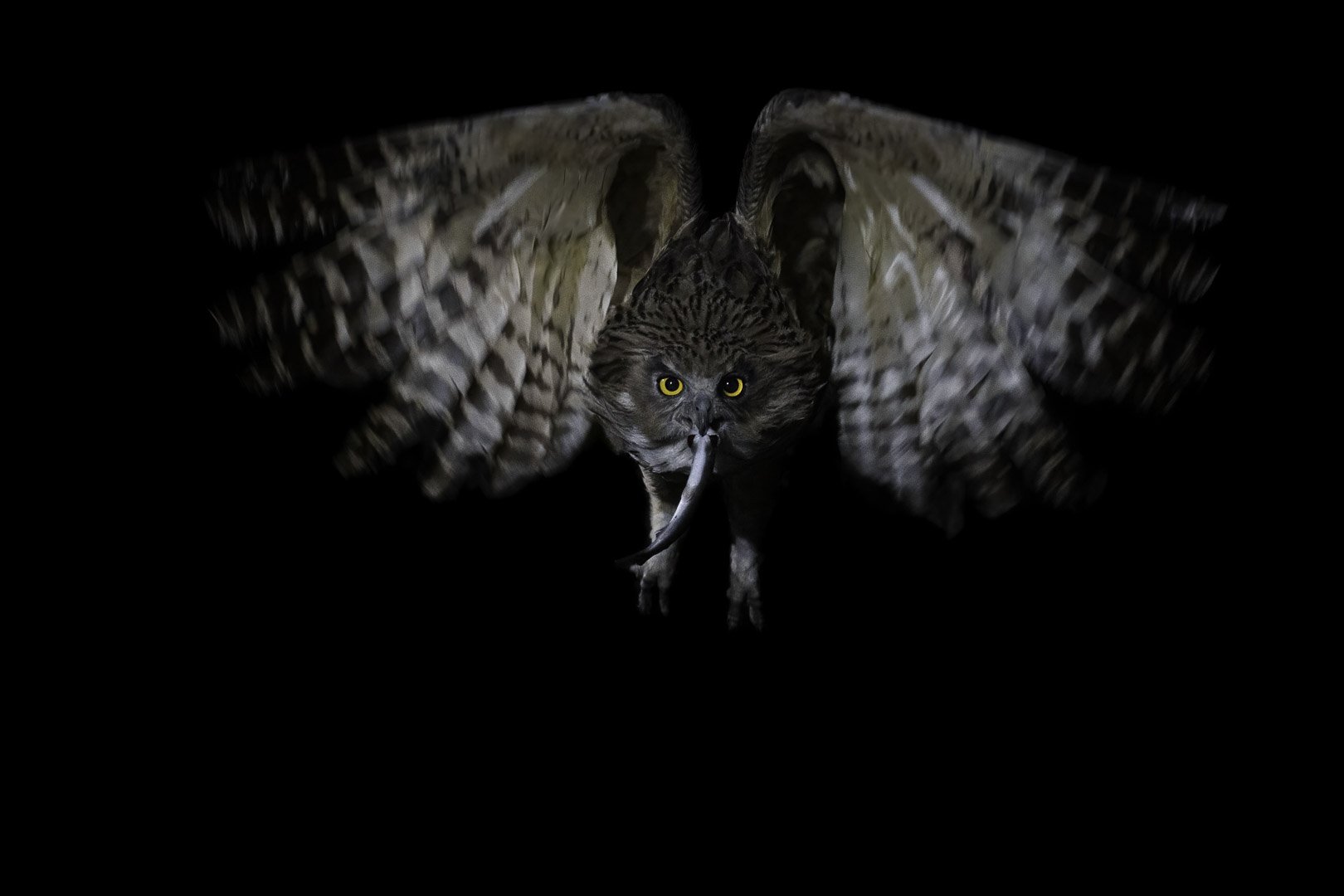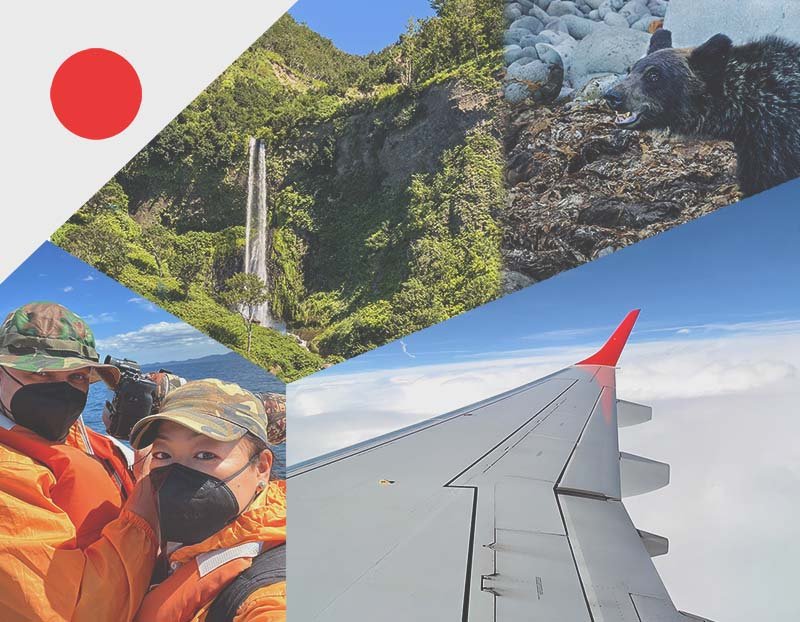Hokkaido Akan National Park and its Whooper Swans #2
Equipment: Sony A1 + Tamron 28 - 75 mm f2.8
It's been several weeks since we started our journey in Japan. The Bōsō Peninsula was our first stop, and now we have also experienced the first days in wintry Hokkaido. Our initial focus in Hokkaido was on the Manchurian Cranes (Grus japonensis). Among the Japanese cranes, we were also able to photograph a White-naped Crane (Antigone vipio) and a Sandhill Crane (Antigone canadensis). This was the first time we observed these two crane species, which delighted us.
If you haven't followed the first weeks of our stay in Japan, you can catch up here:
First Stop: Akan National Park
Our next stop is Akan National Park, where we have rented a pension for three nights on the edge of the park. This pension is primarily booked by nature photographers in winter. The pension's owners, a couple, specialize in offering nature tours to their guests if desired.
For us, this area is new, and one of our goals is to photograph the Ezo Flying Squirrel (Pteromys volans orii). This type of flying squirrel can glide for a short distance using its flight membrane, which stretches from the wrist to the ankle. Our previous attempts to observe and photograph these little gliders in Hokkaido have been unsuccessful. So, we are excited to see if we will succeed this time.
But first, our journey takes us to Lake Akan and Lake Kussharo before checking in at Pension Masuya. The latter is known for its Whooper Swans, which gather at a spot where hot water, heated by volcanic activity, flows into the lake. Here, you can photograph the swans bathing in the inflowing onsen water with a mountain panorama.
We started from Akanchō Kamiakan towards Akan National Park, a 40-minute drive. My wife wanted to visit this lake as she had been there before but hadn't had the chance to admire the surrounding nature. She also remembered marimo (Aegagropila linnaei) from her childhood, which her father would bring back when he had business in the area. She wanted to buy a marimo as well. :-)
What are Marimos?
Marimos are a type of freshwater algae that grow into spherical shapes. They are found in Lake Akan and vary in size from a fingernail to a soccer ball. Most Japanese people are familiar with these algae, as they have been sold as souvenirs for decades, usually in small water-filled jars. The area is also known for its onsen (hot springs), attracting many tourists each year.
We set off on a sunny day, with the roads mostly clear of snow and ice. However, as we approached Akan National Park, the conditions changed dramatically. To reach the lake, we had to cross a pass that brought us to a higher elevation with icy roads.
Equipment: Sony a6700 + Tamron 28 - 75 mm f2.8
The place we visited at Lake Akan was called Akankoonsen, known for its numerous onsens. The streets were covered with a 20 cm thick layer of ice, and the manhole covers created large potholes as the hot onsen water melted the ice around them.
I had hoped to photograph Whooper Swans here, but there were none to be seen. The area was in the grip of winter, with the lake frozen, the sky overcast, and snowfall driven by a strong wind. Upon arrival, a sea eagle circled above us, which I took as a good omen. Although the conditions were perfect for enjoying the Japanese onsen bathing tradition, that was not our goal for the day, despite its appeal.
Marimos in small jars as souvenirs for tourists.
My wife looked for marimos, which held fond childhood memories for her. A shopkeeper told us that these algae are now protected and no longer harvested from Lake Akan for sale, so they are imported for tourists.
The day trip to Lake Akan did not go as planned. Spring would likely be a better time to visit when the paths are clear of snow, and the full beauty of nature can be appreciated.
The Whooper Swans of Lake Kussharo
Equipment: Sony a6700 + Tamron 28 - 75 mm f2.8
Our journey continued to Lake Kussharo, and I was excited. Would I get the photo of the Whooper Swans I had envisioned? It was another 40-minute drive on icy roads through stunning snow-covered mountains. The sky cleared occasionally, letting the sun shine through and enhancing the winter landscape. Upon reaching Kotan Onsen at Lake Kussharo, we found an information board explaining the swans' presence in this part of the lake. We were in the right place. From the parking lot, it was just a 50-meter walk to the onsen where the swans gather. The hot spring water flows into the lake, providing a warm refuge for the swans in winter.
Kotan Onsen at Lake Kussharo
Unfortunately, the lake was not frozen, so I couldn't capture the photos I had hoped for – swans on an ice sheet with steam rising from the hot water. Nevertheless, I took some shots. After the first session, we warmed up with a meal and hot tea at a lakeside restaurant. Despite the unfrozen lake, the temperatures outside were below freezing, making our fingers ache even with gloves. After warming up, we went for a second photo session. For the first session, I used the Sony a6700 + Tamron 28-75 mm f2.8. Since the 1.5x crop factor of the APS-C camera didn't allow for a wide-angle shot (with APS-C 56 mm field of view) with the Tamron, I switched to the Sony A1 for the second session.
The sun was low and shining through the clouds from the side. The swans were relaxed but maintained a certain distance. One swan was particularly photogenic, standing proudly – a sight I had to capture. This scene reminded me of the imagery in early socialist art (title image).
After our swan session, we headed to Masuya Pension for the next three nights. The small excursion to Akan National Park with Lake Akan and Lake Kussharo was a pleasant way to pass the time before checking in at the pension.
Stay tuned for what the coming days hold for us in the next article about our Hokkaido trip.






























